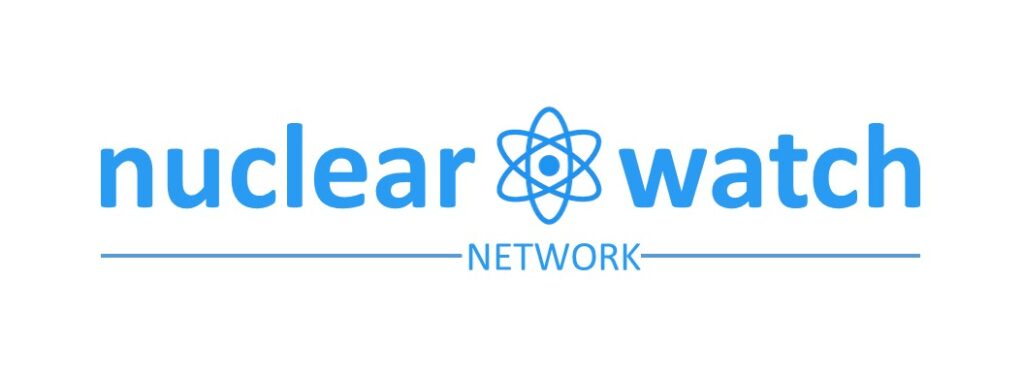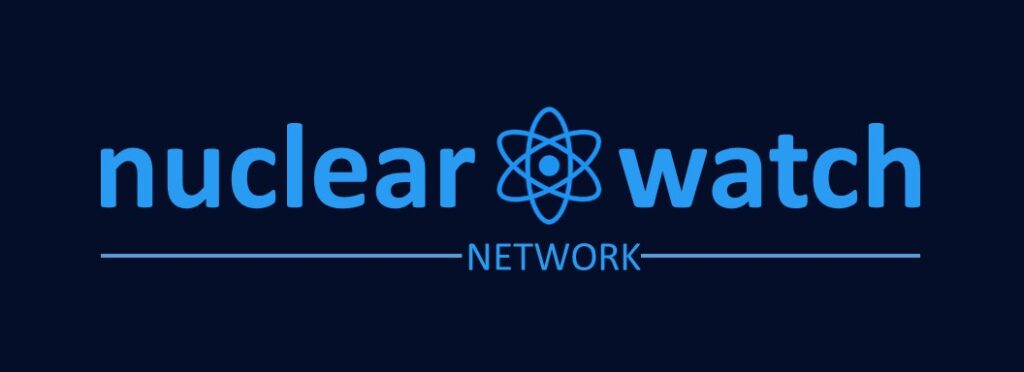Sasan Karimi, PhD.
Post-doctoral fellow and adjunct professor, Faculty of World Studies, University of Tehran. (sasan.karimi@ut.ac.ir)
Resident scientist, Nuclear Watch Network.
Kayhan Barzegar PhD.
Associate Professor and Chair of the Department of Political Science and International Relations, Science and Research Campus, Islamic Azad University
Resident scientist, Nuclear Watch Network.
The IAEA’s Ambiguous Policy Risks Iran’s Full Cooperation
The disproportionate scrutiny of Iran’s nuclear program often seems unrewarding, especially when viewed against its extensive voluntary cooperation. Phrases in IAEA reports such as “the Agency cannot confirm that…,”, “the Director General has expressed his deep concern that…” or expressed most recently by Rafael Grossi[1], “Iran and the Agency need to have serious cooperation,” and alike are all indicative of a cautious, and at times, indecisive stance. This caution leaves room for ambiguity, compelling Iran to continually assess whether its voluntary cooperative gestures are left unappreciated.
History illustrates Iran’s consistent willingness to subject its nuclear program to robust verification and monitoring procedures, a commitment evident over the years. Yet, the extent of cooperation fluctuates, reflecting global political climates and the execution of related agreements.
Over two decades, Iran’s nuclear program has commanded global attention, often framed within broader securitizing narratives. The dynamics among different parties have oscillated multiple times during this period. However, a consistent observation remains: there is gradual progress during cooperative phases and stagnation during confrontational ones.
Central to understanding this narrative is Iran’s right, as granted by the Nuclear Non-Proliferation Treaty (NPT), to develop and use nuclear energy for peaceful purposes.[2] While much global focus has been on Iran’s uranium enrichment activities, the country’s nuclear ambitions are multifaceted. Beyond nuclear fuel cycle, Iran has made significant strides in other sectors of the nuclear industry. A salient example is the production of radiopharmaceuticals.[3] These seem crucial for various medical applications, including cancer treatments and diagnostics. Iran’s harnessing of nuclear technology in such fields is consistent with the IAEA’s objectives as outlined in its Statute, “to accelerate and enlarge the contribution of atomic energy to peace, health, and prosperity throughout the world.”[4]
Throughout these years, Iran’s status as a member state of the International Atomic Energy Agency (IAEA) and its adherence to the NPT, along with compliance with its legal obligations under the Comprehensive Safeguards Agreement (CSA-INFCIRC/214), have dictated its interactions with the Agency and other influential member states.[5] These interactions are often politically charged. The IAEA’s decisions, at times, appear to echo the desires or positions of specific member states more than others. [6] From Iran’s perspective, there is a perception that the agency’s management approaches the matter with a greater emphasis on political and JCPOA-related considerations, rather than focusing primarily on the technical and safeguard agreement aspects.
Throughout this span, Iran’s strategic orientations toward its nuclear program have remained steadfast, while its diplomatic responses have evolved based on the global political climate. Diplomatic efforts during President Khatami’s era prevented the Iran nuclear issue from escalating to the United Nations Security Council. In subsequent years, Western reports on Iran became more critical, but in 2013, a shift occurred as negotiations for the Joint Comprehensive Plan of Action (JCPOA) began. The International Atomic Energy Agency (IAEA) also addressed concerns, leading to a resolution in 2015 confirming the closure of outstanding issues related to Iran’s nuclear program.[7]
It should be recalled that Iran has consistently affirmed the peaceful nature of its nuclear activities, a sentiment echoed and supported in various international forums.[8] This approach has been pivotal in influencing the global perceptions surrounding Iran’s nuclear endeavors. Notably, even after the United States’ withdrawal from the Joint Comprehensive Plan of Action (JCPOA), the IAEA’s quarterly reports to the Board of Governors consistently affirmed Iran’s compliance with its commitments, conforming to the above-mentioned approach.[9] But Iran has suffered a lot during the same period: economically, politically, commercially and medically.[10]
Meanwhile, the international community has also noted disparities in the IAEA’s approach. The Agency’s seeming lack of similar scrutiny on nuclear activities in certain other regions has ignited debates over potential double standards. As instances, one can remember the cases of Egypt[11] and South Korea[12], the failure of compliance of which simply and quietly diminished. But everybody can easily see that Israel is the most prominent example who has never been tried to even ask a question from due to its substantial non-proliferation duty.
Changes in the U.S. leadership landscape brought the European and American perspectives closer. This realignment was apparent in the IAEA’s subsequent orientations, underscoring the profound influence the European voice wields, especially in interactions with the United States. After the U.S. withdrawal under the Trump Administration, and subsequently under the Biden administration, the discourse around securitizing Iran’s nuclear program again took center stage among Western and regional actors.
Iran’s endeavors to address these insinuations resulted in reversed IAEA oversights to safeguards.[13] This drop was a direct consequence of the U.S. retracting from the JCPOA and subsequent avoidance of its terms by various parties, which were totally voluntary and give and take based. Consequently, the Agency’s monitoring tools for Iran’s nuclear initiatives aligned with the comprehensive safeguards agreements expected for all NPT signatories.
This situation risks Iran’s full cooperation with the IAEA. Some domestic forces and especially the dominant trend in the Majlis (Iranian Parliament) have perceived Iran’s continues voluntary cooperation with the IAEA to be unrewarding and thus detrimental to Iran’s national interests. Previously and in December 2020, the Majlis ratified “’Strategic Action Plan to Lift Sanctions and Protect the Iranian Nation’s Interests”[14] in a move that the Majlis’ speaker described as an end to a one-way game.
In such circumstance, the roadmap ahead necessitates a vision that paves the way for a return to normative interactions. A balanced, proactive approach is paramount. Reciprocal actions and responses will help verify Iran’s nuclear narrative over the past two decades, independent of shifts in strategic orientations and external policy stances.
References
- (2023, 9 11). IAEA Director General Briefs Board of Governors. Vienna: IAEA. Retrieved 09 11, 2023, from https://www.iaea.org/newscenter/news/iaea-director-general-briefs-board-of-governors-fukushima-daiichi-alps-water-release-ukraine-iran-and-new-atoms4food-initiative
- The Iran Primer. (2020, December 7). Retrieved from United States Institute of Peace: https://iranprimer.usip.org/blog/2020/dec/07/new-iran-law-accelerating-enrichment
- org. (1974). Retrieved 1974, from https://www.iaea.org/sites/default/files/publications/documents/infcircs/1974/infcirc214.pdf
- Retrieved from irna.ir: https://en.irna.ir/news/85211470/AEOI-chief-Iran-will-keep-producing-radiopharmaceuticals-
- IAEA. (n.d.). Retrieved from https://www.iaea.org/about/statute
- IAEA Iran’s key events. (n.d.). Retrieved from https://www.iaea.org/newscenter/focus/iran/chronology-of-key-events
- Tirone, J. (2022, September 15). Retrieved from Bloomberg: https://www.bloomberg.com/news/articles/2022-09-15/china-sees-us-double-standard-over-stalled-iran-nuclear-deal
- Road-map for the Clarification of Past and Present Outstanding Issues regarding Iran’s Nuclear Programme. (2015). Retrieved from https://www.iaea.org/sites/default/files/gov-2015-59.pdf
- Zarif, M. (2014, 06 13). Washington Post. Retrieved from Iran is committed to a peaceful nuclear program: https://www.washingtonpost.com/opinions/mohammad-javad-zarif-iran-is-committed-to-a-peaceful-nuclear-program/2014/06/13/491fc982-f197-11e3-bf76-447a5df6411f_story.html
- Amano, Y. (2018, 5 24). Retrieved from https://www.iaea.org/sites/default/files/18/06/gov2018-24.pdf
- Human Rights Watch. (2019, 10 29). Retrieved from https://www.hrw.org/report/2019/10/29/maximum-pressure/us-economic-sanctions-harm-iranians-right-health
- Kerr, P. (n.d.). Arms Control Association. Retrieved from https://www.armscontrol.org/act/2005_03/Egypt
- ElBaradei, M. (2004, 11 11). Retrieved from https://www.iaea.org/sites/default/files/gov2004-84.pdf
- Grossi, R. (2021, 6 7). Retrieved from https://www.iaea.org/newscenter/news/iaea-director-general-urges-iran-to-resolve-issues-related-to-four-undeclared-locations

